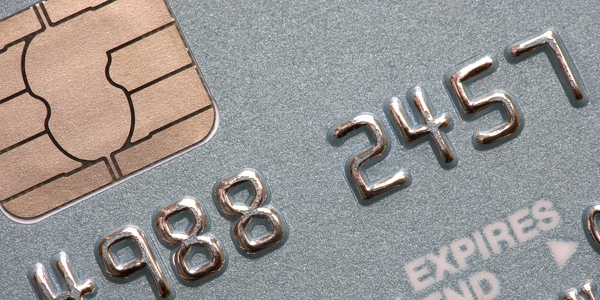EMV Migration and the Credit Union Brand: What Could it Mean for You?

EMV-chipped technology is already common in the payments industry throughout Europe, Canada, Australia, Mexico, Latin America, Africa and most of the Asia-Pacific countries. It is easy to see why many of these countries were so quick to make the switch from the magnetic stripe to a newer, harder to duplicate technology…reduced card fraud.
Europe’s card fraud alone was easily four times that of the United States. However, as one of the only countries not currently utilizing EMV, the U.S. has quickly become the easiest target for card fraud and the numbers are beginning to reflect that.
A recent Nilson report on global fraud reported that the U.S. accounted for 47.3% of global fraud losses in 2012. The European Central Bank has found that 78% of all counterfeit card fraud now occurs in countries where EMV adoption lags behind Europe with U.S.-based counterfeiting a particular problem, contributing to more than 26% of global fraud losses in 2012. This disturbing information, as well as the looming threat of EMV liability shifts put in place by the card networks, points to one conclusion. Whether we like it or not, the U.S. is going to have to make the migration to EMV.
This news, other than the costs incurred by the initial migration, does not have to be all bad for credit unions. There are many positives to a nationwide transfer to EMV cards and terminals. First, it gives the credit union a very real reason to communicate and open up conversations with members. EMV chips require contact with POS and ATM terminals throughout a transaction, eliminating the current swipe or dip behaviors. This very idea should be sending up a red flag with the marketing and PR departments. After all, how will your members know about this potentially frustrating change if you don’t tell them?
Crafting a full brand campaign around the EMV shift is the first step in educating members. It is important to not only remember your credit union’s audience but keep in mind that many people learn differently. A direct mail campaign with illustrations and instructions may work for some while an online campaign utilizing social media, e-mail and instructional videos may work for others. There may even be a need to set up a demonstration area at the branch in order to allow members to see and experience the difference between the current mag stripe readers and an EMV ready terminal. Even though the liability shift dates are a year or more away, it is important to start informing members of the impending change now…or, at the very least, building your communications plan.
The second benefit of introducing EMV in the U.S. is card security. As criminals have yet to successfully duplicate an EMV card, EMV will significantly reduce one area of fraud that is increasingly plaguing the United States financial market. This increased card security also means increased brand security. The credit union can rest easy in regards to skimming at the POS and ATM terminals, and begin turning their focus on the more nebulous issue of locking down the backend to protect member information.
This increased level of security, coupled with a targeted communications campaign can build more confidence in U.S. credit union brands…all thanks to EMV.

